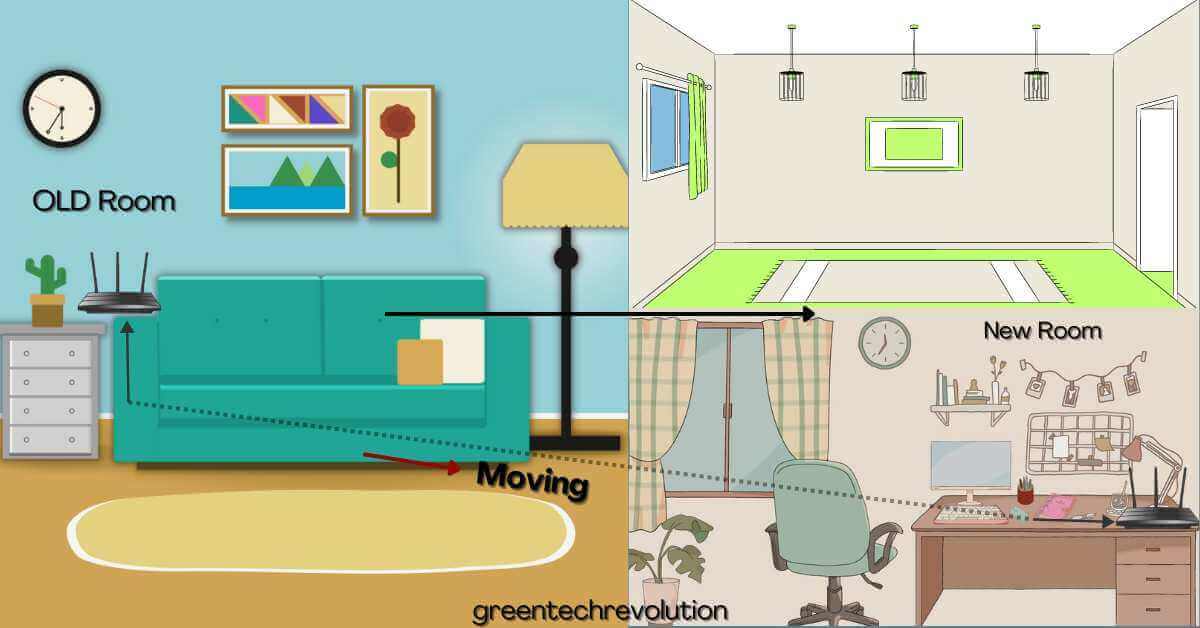Are you considering relocating your Xfinity router to another room in your home but unsure if it's feasible or how to go about it? Moving your router can indeed be a viable option to improve Wi-Fi coverage or accommodate changes in your home setup. In this comprehensive guide, we'll explore the factors to consider and the steps to take when moving your Xfinity router to another room.
Related posts:

Factors to Consider Before Moving Your Xfinity Router:
Wi-Fi Coverage: Assess the current Wi-Fi coverage in your home to determine if moving the router to another room would improve signal strength and coverage. Consider factors such as the router's location relative to devices, walls, and obstructions that may affect signal quality.
Cable Connection: Ensure that there is an available coaxial cable connection in the desired room for connecting your Xfinity router. The router needs to be connected to both power and the internet via a coaxial cable to function correctly.
Power Outlet Availability: Check if there are nearby power outlets in the new room where you can plug in the router's power adapter. It's essential to have a stable power source to power the router and maintain uninterrupted internet access.
Router Placement: Choose an optimal location within the new room to place the router. Ideally, the router should be elevated and positioned in a central area to maximize Wi-Fi coverage throughout your home. Avoid placing the router near large appliances or metal objects that may interfere with the signal.

Steps to Move Your Xfinity Router to Another Room:
Plan the Router Placement: Determine the ideal location for the router in the new room, taking into account factors such as signal strength, cable connection, and power outlet availability. Consider using a wall mount or shelf to elevate the router for better coverage.
Power Off the Router: Before disconnecting the router, power it off to avoid any potential damage or disruption. Unplug the power adapter from the current power outlet and disconnect any other cables attached to the router.
Disconnect Coaxial Cable: Carefully unplug the coaxial cable connected to the router's WAN or cable input port. Ensure that the coaxial cable is long enough to reach the new room without stretching or causing strain on the cable.
Move the Router: Gently move the router to the new room, taking care not to damage any cables or components. Securely plug in the coaxial cable into the WAN or cable input port of the router in the new location.
Connect Power Adapter: Plug the router's power adapter into a nearby power outlet in the new room. Ensure that the power outlet is functioning correctly and can provide stable power to the router.
Power On and Test: After connecting the router to power and the coaxial cable, power it on and wait for it to boot up completely. Once the router is operational, test the Wi-Fi signal strength and internet connectivity in various areas of your home to ensure optimal performance.
Conclusion:
Moving your Xfinity router to another room can be a practical solution to improve Wi-Fi coverage or accommodate changes in your home layout. By considering factors such as Wi-Fi coverage, cable connection, power outlet availability, and router placement, you can effectively relocate your router while maintaining stable internet access throughout your home. If you encounter any difficulties or have further questions about moving your Xfinity router, don't hesitate to reach out to Xfinity customer support for assistance and guidance.
